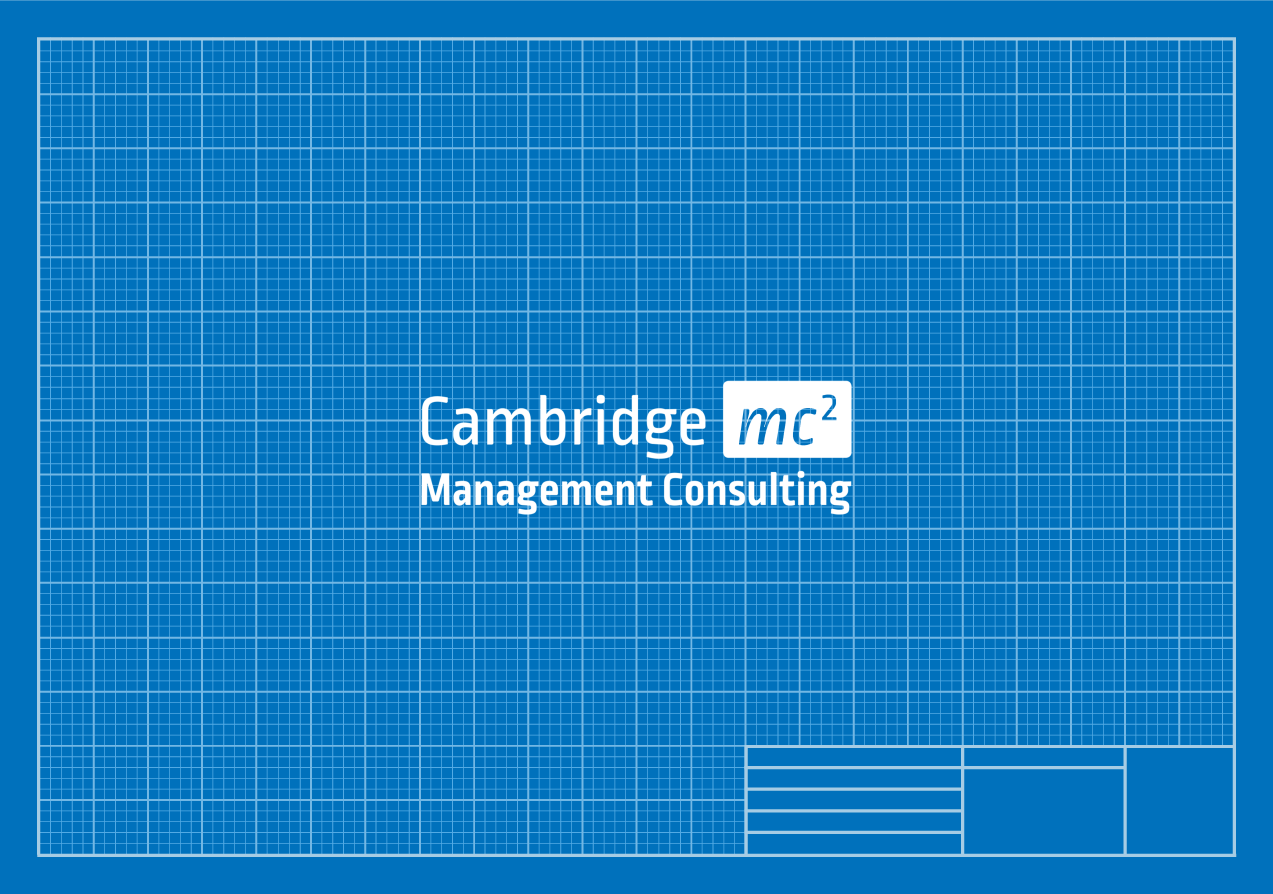The Importance of Due Diligence and Organisational Clarity in Divestitures
Part 2 in a 6-part Series on Transition Service Agreements and Divestitures
The Detail Is in Your Diligence
The most important thing to take into consideration when planning or preparing for a divestiture, carve-out, or acquisition is due diligence. In other words, you will maximise the capabilities and efficiency of a TSA by starting with a thorough and detailed understanding of your company, strategy, and what you want out of the end result. This works both ways: sellers and buyers both must share an awareness of their business in order to calculate the real cost of the deal and realise potential value synergies.
This knowledge should extend to the TSA itself. For example, it may not be necessary to have specific SLA levels included in the TSA because in certain outsourcing scenarios it might be more practical for the seller to monitor and report service level metrics for the buyer. Conversely, using vague statements like ‘commercially reasonable’ or ‘best commercial effort’ should be avoided as these are ambiguous and will often lead to a clash of expectations, which will lead to delays, etc.
Some parts of the TSA will necessarily require looser expression because those details cannot be worked out just yet and therefore will evolve with the transition. Because different elements of your TSA might be tight or loose, we recommend that you use experienced consultants and work closely with a legal team to draft an agreement that is fit-for-purpose.
In complex separations you may decide to use specific TSA Service Schedules to cover areas such as IT and HR. In cross-border M&A, different TSA schedules would be required for different geographic locations. Overall, it is crucial to have a clear image of your TSA before you jump into it.
Chasing Waterfalls

Once you have this image in mind, the next step is to consider your timeline. At Cambridge MC, we recommend you adopt a Waterfall and Agile approach to your TSA, prioritising frequent opportunities for review. Rather than trying to tackle the entire migration at once, plan for tranches for systems migration. This lowers the risk and allows both parties to regroup and evaluate success before moving on—making changes between phases to deal with any unforeseen issues.
Transferring employees
Proper due diligence and planning allows for onboarding and payroll to be set up by HR. Payroll management is complicated for transferred staff and often information gets lost in the process. You should give yourself an appropriate window to deal with these issues and learn from your mistakes.
Know Your End-state
Blueprints for Success

All of these aspects can be condensed into a really detailed blueprint, a high-level document which provides a scoping of programme deliverables against the TSA.
Primarily, the purpose of a blueprint is to provide a comprehensive overview of projects and benefits for the Programme Director, so that she/he can create work steams to move those requirements toward a solution. The blueprint will also provide further clarity of TSA outcomes to ensure that there is an understanding by all parties involved.
Blueprints should be as agnostic as possible so that they do not tie the hands of downstream delivery teams, with the caveat being that solutions must remain in the boundary of the blueprint and therefore aligned to the TSA.
Programmes without blueprints are at risk of improvising as they go and thus are likely to encounter unexpected obstacles without the funding or personnel to pick up the pieces.
Each situation is unique and therefore a bespoke blueprint must be created for each client programme.
In general, the blueprint is based on Managing Successful Programmes (MSP) framework with commentary on the POTI (Process, Organisation, Tools and Information) for the ‘as-is’ and ‘to-be’ states.
What to Include in a Blueprint
The benefits in a merger, acquisition, or a divestment are not as deeply defined in the blueprint as they would be in other programme types and thus the benefits will differ depending on whether it is buyer- or seller-sponsored.
For example, a potential benefit of a seller-sponsored blueprint could be as simple as divesting the company, its technology, information, and organisation to the buying company; a buyer-sponsored blueprint, on the other hand, will want more focus on the amount of integration or balance going into the parent/standalone company and where rationalisation of systems can be achieved for greater efficiencies.
It is highly beneficial to incorporate a RACI Matrix (Responsible, Accountable, Consulted, Informed) in the blueprint alongside the documented activities to ensure that the PMO is fully aware of who is doing what. All too often, programmes have black holes where nobody picks up pieces of work, and thus including a RACI Matrix will avoid the finger-pointing between buyer and seller.
It is also essential to define each of the POTI areas so that the PMO is aware of the requirements and solution roadmap for delivery. It is critical that the Blueprint defines all interdependencies across projects so that the PMO can interface them to create the overall programme plan to closure.
The different POTI areas are as follows:
- Process: The processing of transforming input data into the required defined output data and format
- Organisation: The people inputting, operating, or receiving output from the process
- Tools: The infrastructure providing the processing and storage to which the organisation interfaces
- Information: The input data to be transformed into the required output by the process
Key Takeaway
If there is anything to take away from this article it’s to do the lion’s share of the planning before initiating the TSA in order to avoid un-funded obstacles down the line. This means constructing a detailed blueprint which takes into account both the buyer's and seller’s needs, business plans, and what they seek to gain from the merger, acquisition, or divestiture.
In other words, though it may take more time and effort to cover all these details at the beginning, it will avoid so much work and costly delays throughout the process.
Get in Touch
If you would like to find out more about how we can help with any stage of due diligence, drafting your TSA and/or blueprints, as well as our Project Management and PMO as-a-Service, get in touch below.
Contact - Africa
Subscribe to our insights
Blog Subscribe













